Throughout the intricacies of the natural world, animals have evolved a fascinating array of defense mechanisms to deter predators, ensure their survival, and facilitate reproductive success. These defense strategies are a testament to the profound influence of evolution in shaping life on Earth. From physical adaptations like armor to behavioral tactics like mimicry, the diversity of these mechanisms is vast and tailored to the specific challenges faced by species in their environments. This article explores the evolutionary processes that have led to the development of these remarkable defense mechanisms in the animal kingdom.
The Basics of Evolution and Natural Selection

Before delving into specific defense mechanisms, it’s essential to understand the basic principles of evolution and natural selection. Evolution is the process by which species change over generations through the alteration of genetic material. Natural selection, a key driver of evolution, occurs when organisms with traits better suited to their environment have higher survival and reproduction rates, thereby passing those advantageous traits to their offspring.
These processes lead to the gradual emergence of adaptations, including defense mechanisms, that help a species survive and thrive in a given environment. Over many generations, specific traits become more prominent, enhancing an animal’s ability to protect itself from predators, compete for resources, or survive in harsh conditions.
Physical Defense Adaptations
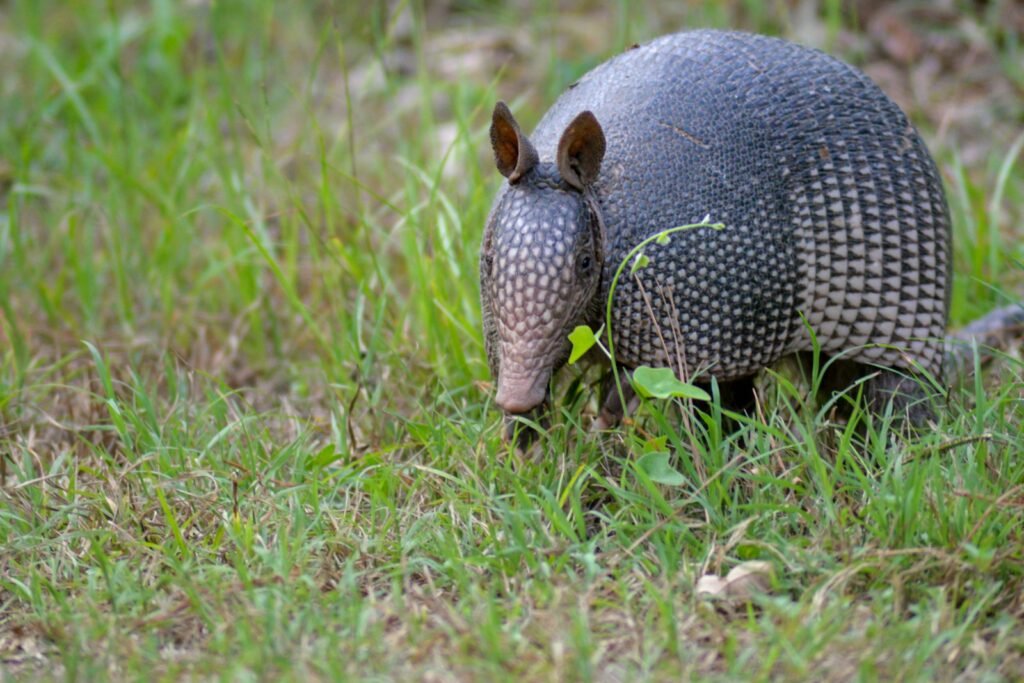
One of the most direct ways evolution influences animal defense mechanisms is through physical adaptations. These include structural changes to an animal’s body that make it more difficult or dangerous for predators to attack. For example, armadillos have developed bony plates that form a protective armor around their bodies, providing a physical barrier against threats.
Other animals, like the porcupine, have evolved specialized quills that can detach and embed themselves into attackers, causing pain and discouraging further aggression. Similarly, the shell of a turtle acts as a fortified refuge into which the animal can retract, offering protection from numerous predators.
Chemical Defense Mechanisms
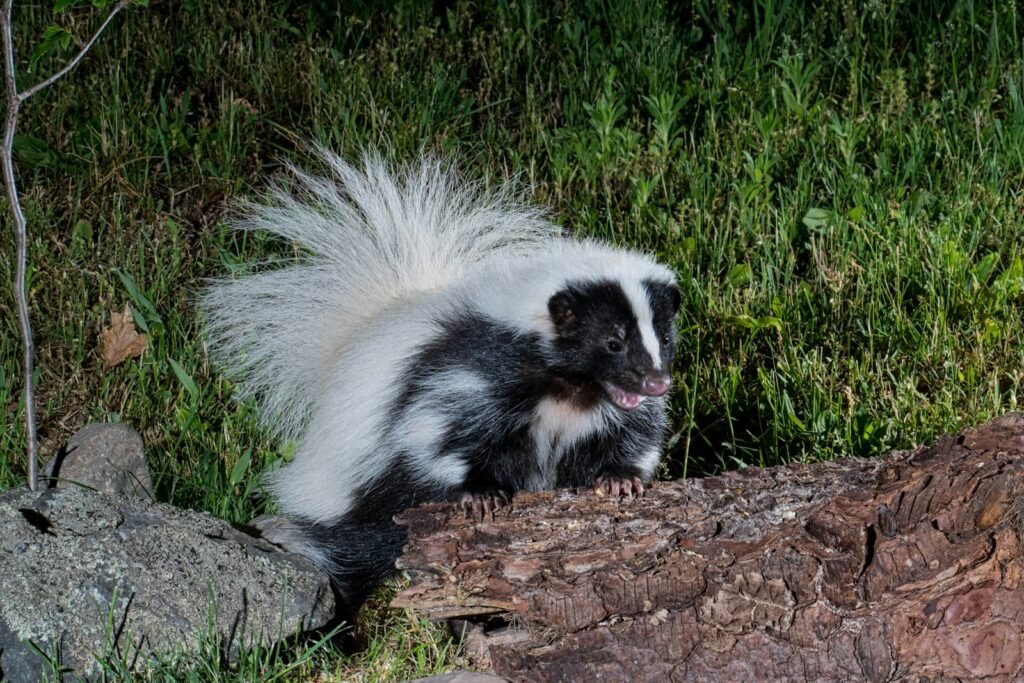
Some animals have evolved chemical defenses to ward off predators. These mechanisms often involve the production and release of noxious, toxic, or irritating substances. For instance, skunks release a foul-smelling spray that deters many would-be attackers. This characteristic has been so successful that it has become synonymous with the skunk’s identity.
Moreover, many amphibians, like poison dart frogs, secrete toxins through their skin. These poisons can be deadly if ingested, providing an effective deterrent to predators. The evolution of these chemical defenses is intricately linked to the specific ecological niches these animals inhabit, where such traits offer significant survival advantages.
Behavioral Defense Tactics
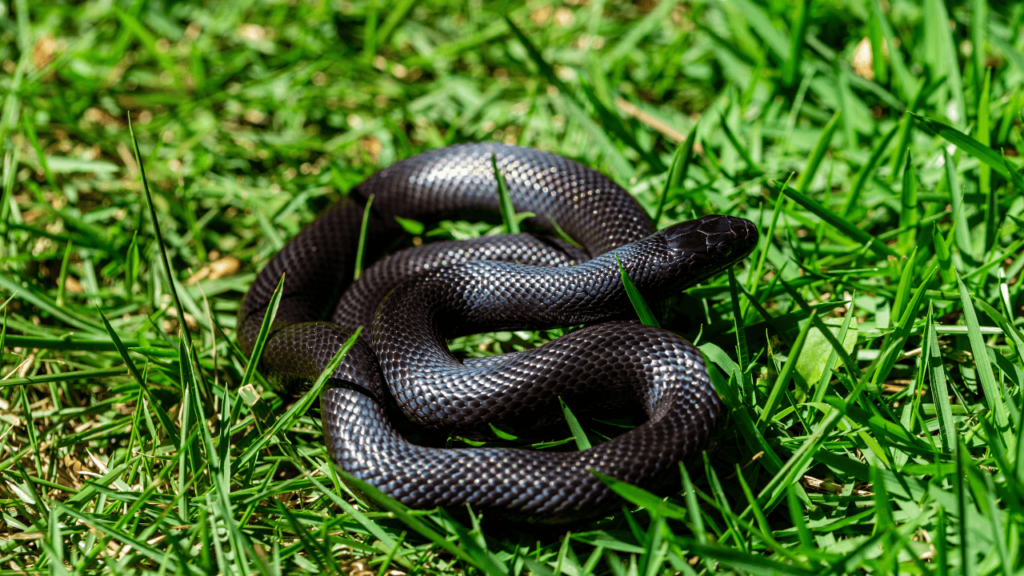
Beyond physical and chemical adaptations, evolution also shapes complex behavioral defense strategies. These mechanisms are as varied as they are ingenious, often involving innovative ways to avoid detection or confuse predators.
Mimicry is a renowned example of such a tactic. The harmless king snake, for example, mimics the coloration of the venomous coral snake, a form of Batesian mimicry that causes predators to avoid it. Similarly, some moths mimic the appearance of owl eyes on their wings, startling predators and providing the moth with an opportunity to escape.
Camouflage, where animals blend into their surroundings to avoid detection, is another widespread tactic. Creatures like the chameleon and the octopus have developed extraordinary abilities to change their body color and texture, rendering them nearly invisible against their backgrounds.
Evolutionary Arms Races and Co-evolution
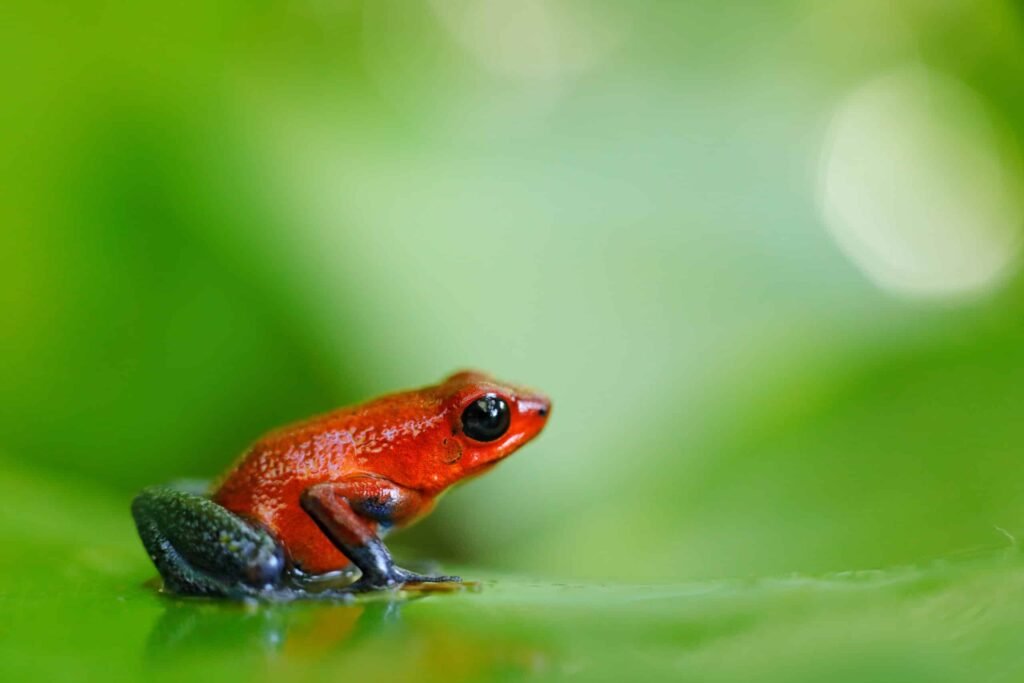
The dynamic nature of evolution often results in an evolutionary arms race, a continuous cycle of adaptations between predators and prey. As prey organisms evolve more effective defenses, predators may develop more sophisticated means of circumventing these strategies.
For example, certain species of snakes have evolved resistance to the toxins of their prey, the aforementioned poison dart frogs. This resistance allows these snakes to feast on the otherwise deadly frogs, exemplifying the constant struggle and co-evolutionary processes occurring between species.
The Role of Environment in Shaping Defenses

The environment plays a crucial role in molding the evolution of animal defense mechanisms. Factors such as habitat type, presence of predators, and availability of resources influence the development and efficiency of these defenses. Animals in environments with high predation pressures may exhibit more pronounced defense mechanisms compared to those in predator-scarce regions.
Moreover, isolated ecosystems, like islands, often lead to unique evolutionary pathways, giving rise to species with specialized defense traits unseen in mainland counterparts. This phenomenon highlights the adaptive nature of evolution in responding to environmental constraints and opportunities.
Conclusion
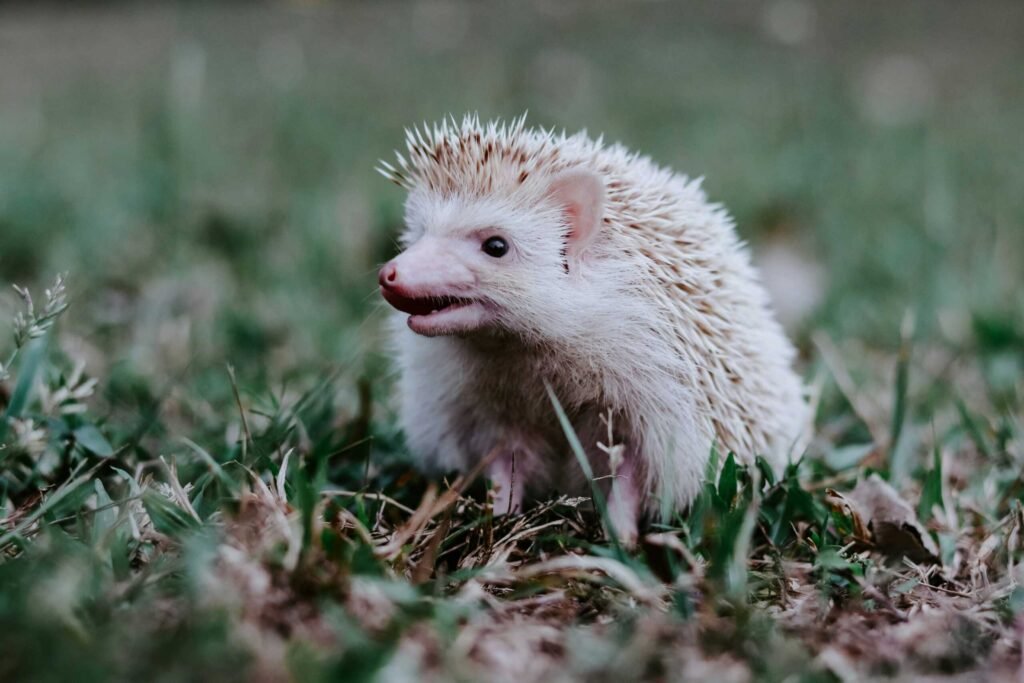
The role of evolution in shaping animal defense mechanisms is a captivating testament to the adaptive power of life on Earth. Through natural selection, organisms develop traits that enhance their survival and reproductive success. Whether through physical, chemical, or behavioral means, these defenses illustrate the intricate relationship between predators and prey, highlighting the sophistication and diversity of life in our natural world. Understanding these evolutionary processes not only enriches our appreciation of biodiversity but also emphasizes the interconnectedness of all living organisms.




